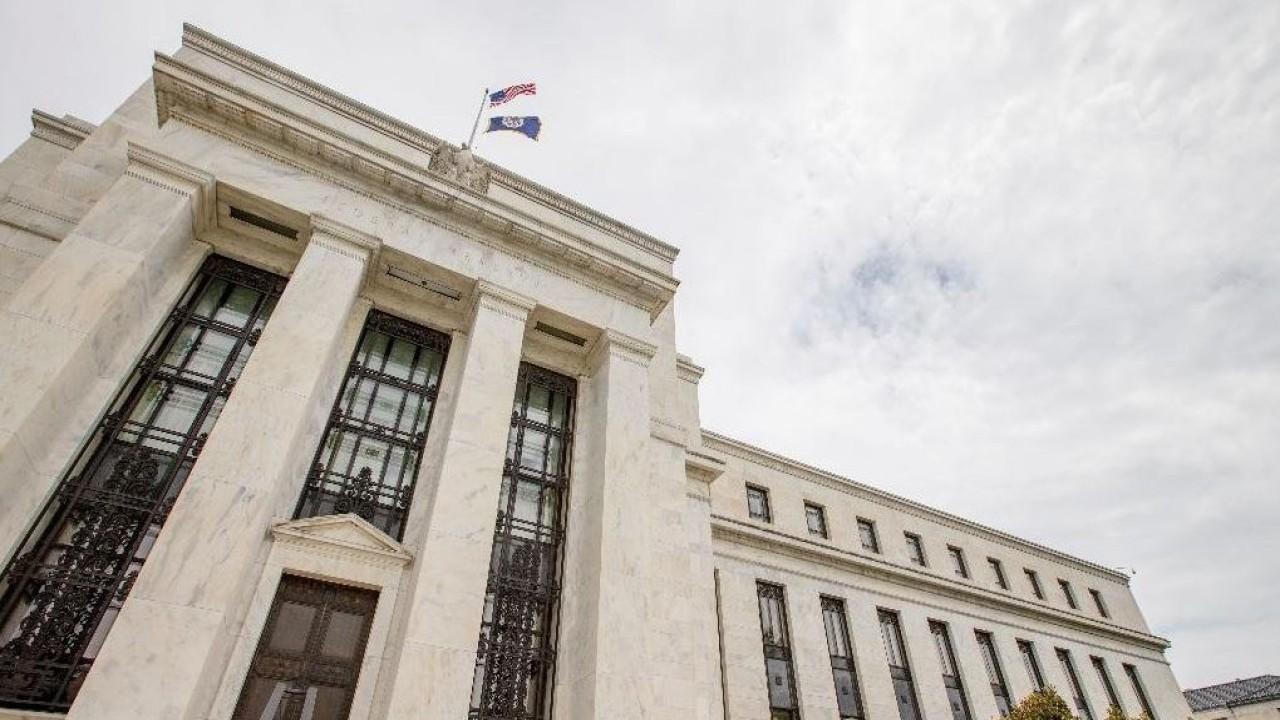How low coronavirus-led stock market selloff could go: Goldman Sachs
A new bull market will rise from the ashes
The stock market’s historic plunge in response to the new coronavirus outbreak isn’t over just yet, according to Goldman Sachs.
The bank says the benchmark S&P 500, which is down 20 percent from its Feb. 19 peak, in a worst-case scenario could tumble another 26 percent to 2,000 before soaring to 3,200 by yearend. The fall from the February highs produced the fastest bear market, or drop of at least 20 percent from recent highs, in stock-market history.
“Equities are a leading indicator because a bear market has occurred without the release of any relevant earnings or macro data,” wrote David Kostin, chief U.S. equity strategist at Goldman Sachs.
HOW TO NAVIGATE CORONAVIRUS BEAR MARKET IN STOCKS
The COVID-19 outbreak has disrupted supply chains, eroded demand, curbed travel and prompted employee furloughs, all resulting in a hit to corporate earnings.
Kostin forecasts 2020 S&P 500 earnings will decline by 5 percent to $157 due to “supply-chain disruption, weak US and global consumption, and lower oil prices and interest rates.” He thinks earnings will collapse in the second and third quarters before rebounding in the fourth quarter and for the full year.
His preferred valuation approach is to compare the S&P 500’s earnings yield with the yield on the 10-year note. Assuming an earnings yield of 7.2 percent and a 10-year yield of 0.5 percent, equating to a yield gap of 665 basis points, Kostin’s base case is for the S&P 500 to bottom at 2,450.
However, in the event that the gap widens to 770 basis points, as it did during the global financial crisis, the S&P 500 would fall to about 2,000, he said.
The S&P 500 settled at 2,711 on Friday and was set to open sharply lower Monday morning after the Federal Reserve slashed rates to near zero and announced a new $700 billion asset purchase program.
The early selling was set to wipe out all of Friday’s gains, which led to all three of the major averages soaring off their bear-market lows by more than 9 percent.
“Bottoms are not events, they're processes,” Bob Doll, chief equity strategist at Nuveen, told FOX Business’ Stuart Varney on Friday.
He added that he believes the “primary low has been put in”, but that the bottoming process will probably take six or seven weeks like in the cases of similar-type selloffs that occurred in 1987, 1998, 2011 and 2015.
Goldman’s Kostin says fear not, a new bull market will rise from the ashes.
He points to the sharp one-month selloffs that occurred during the 1998 Russian sovereign debt default and the 2011 Eurozone debt crisis as evidence.
CLICK HERE TO READ MORE ON FOX BUSINESS
“The lesson of prior event-driven bear markets is that financial devastation ultimately allows a new bull market to be born,” Kostin wrote.




















